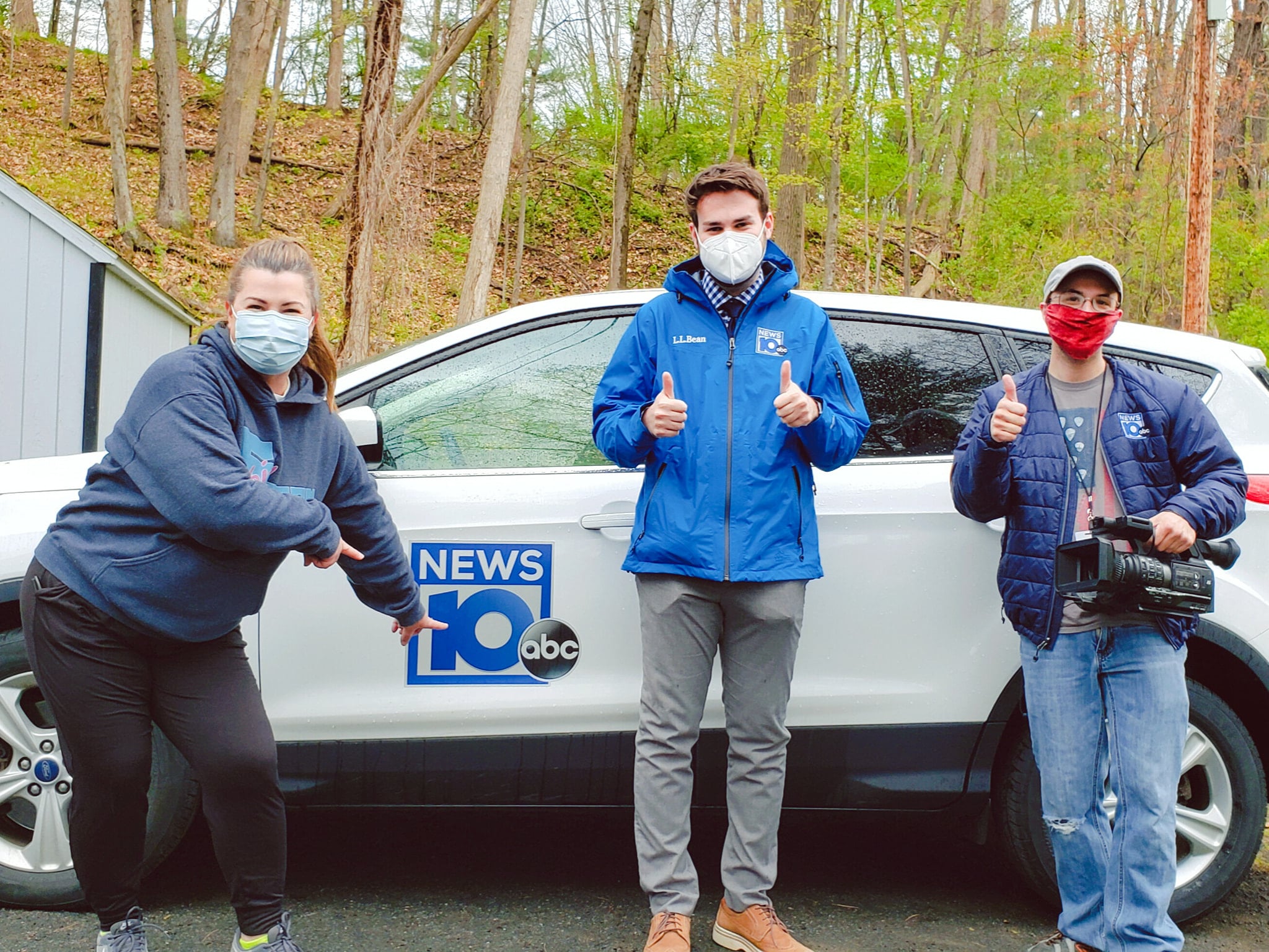
Check out this great piece on our Mother’s Day event and STEAMwhiz! So excited to be reaching our community!

Check out this great piece on our Mother’s Day event and STEAMwhiz! So excited to be reaching our community!
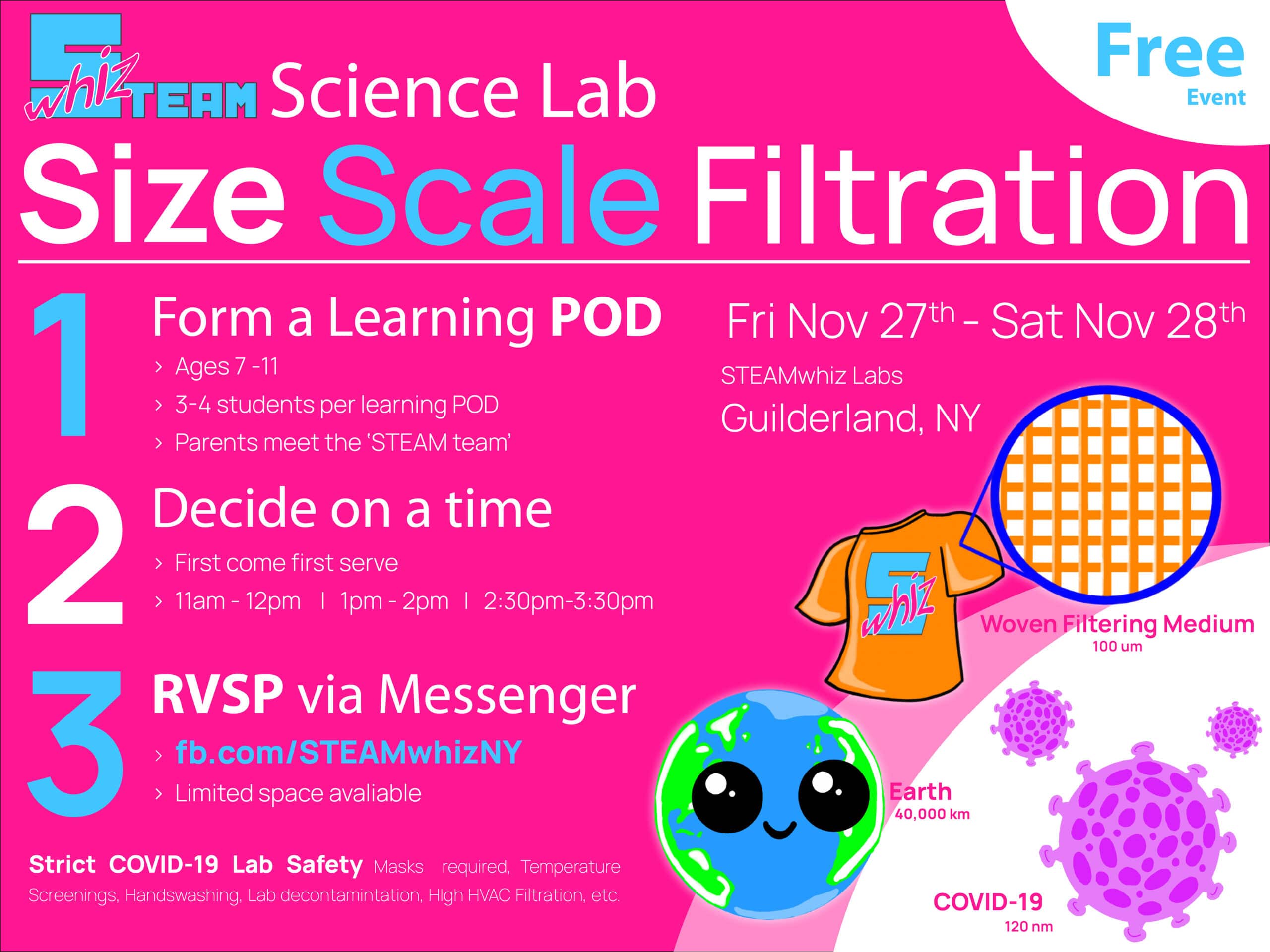
Come join us if you are in the NY capital district Thanksgiving weekend. See the image for details.
New students ages 7-11 from in NY’s capital district. Parents will get to see the lab and meet the ‘STEAM-team’.
A free science lab where kids will explore how size & scale relate to mask filtration.We will be collecting non-perishable food items for @GuilderlandFoodPantry. We ask you to bring some food to donate, if you ‘can’ 😉
Message us on fb.com/STEAMwhizNY or use the chat button in the bottom right corner of this page.
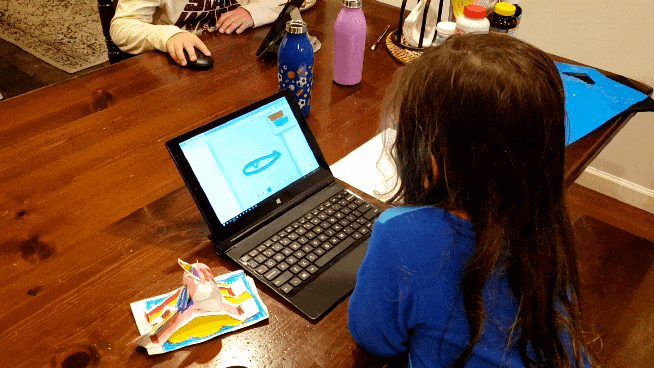

Amazing Elle (4 yr) and her brother (7 yr) designing their pumpkins in CAD. Come together, organize your learning POD of 4 kids, and let STEAMwhiz beat back the COVID-slide by planting the ‘creator -thinker’ seeds of success. Limited spots available, sign up for HalloSTEAM 2020 today!
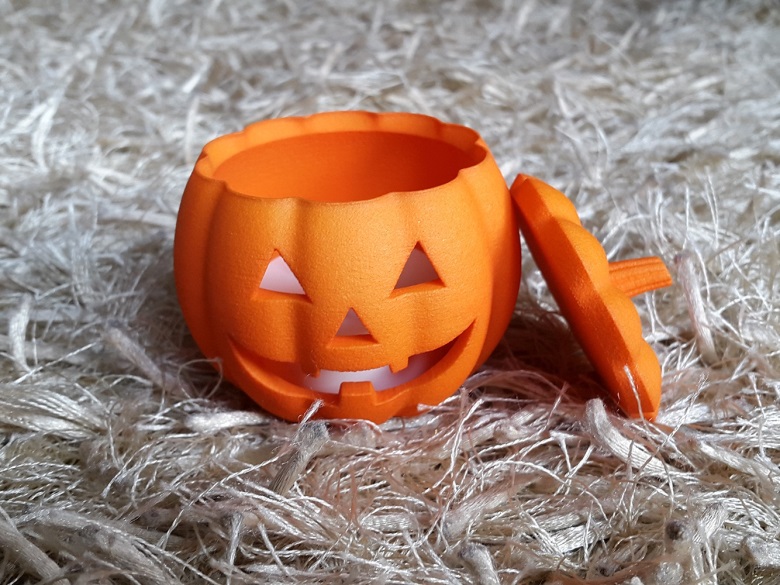
Happy Hall-O-STEAM! Kids from the Capital District NY can get hands-on in our lab, learn LED science, and fabricate their own glowing 3D Printed pumpkin! Create a learning POD with up to 4 friends and RSVP today, Oct. 24th – Oct. 31st. Parents are encouraged to join and see the STEAMwhiz method in action! Ages 7-13.
Discover how STEAMwhiz makes serious science, seriously fun and empower your NextGen Thinker(s) to DISCOVER, TEST, ANAYLZE, AND CREATE.

Ready to have your kids get hands-on and learn about science and technology this Halloween?! Hall-O-STEAM by STEAMwhiz is ready to make serious science, seriously fun, and empower your NextGen Thinker(s) to DISCOVER, TEST, ANALYZE, and CREATE. Your children will explore Light-Emitting Diode technology, Computer-Aided Design, and 3D printing under the guidance of our STEAM-team experts to design, create, and take home their very own 3D Printed glowing pumpkins. Ages 7-13.
Any questions? Please don’t hesitate to reach out to us via Facebook or email us.

“You want to wake up in the morning and think the future is going to be great – and that’s what being a spacefaring civilization is all about. It’s about believing in the future and thinking that the future will be better than the past. And I can’t think of anything more exciting than going out there and being among the stars.” – Elon Musk
4 days ago history was made and it was awesome! SpaceX and NASA’S launch marked the start of the commercial crew era of U.S. human spaceflight and a return to American operated spacecraft. The SpaceX Falcon 9 rocket carrying NASA astronauts Robert Behnken and Douglas Hurley aboard SpaceX’s Crew Dragon spacecraft launched from Kennedy Space Center on May 30, 2020, and docked 19 hours later with the ISS. NASA’s SpaceX Demo-2 mission to the International Space Station is a critical final flight test of the SpaceX crew transportation system.
I can’t believe it has been almost 10 years since the last American space shuttle was launched. Launches were tracked, watched in school, celebrated accomplishments, or mourned losses. Space was my thing! When the book, Apollo 13 was released, my friend and I had a competition to see who could finish it the fastest. I don’t quite remember who won that competition, but I do remember dreaming of becoming an astronaut. Even though my life path was turned in a different direction, I never stopped being awed by the greatness of space, space flight, and space exploration. Maybe my love from space came from living a short drive from Cape Canaveral and being able to witness rockets shooting to the stars. But I believe it is something much simpler, ingrained in all humans, uniting humanity together; the spirit of exploration! And this launch revived that spirit in me.
NASA, America’s space program, will continue to work with commercial companies like SpaceX and Boeing to design, build, test, and operate cost-effective human transportation systems to low-Earth orbit and eventually beyond. While this is an important mission, this is not what brought on tears and goose-bumps as I watched SpaceX’s Falcon 9 rocket the Crew Dragon spacecraft safely to the ISS with my young children. It was being able to witness the spirit of humanity working together and creating a “future better than the past” for my children and my children’s children. While STEAMwhiz is not physically launching astronauts into space (hmmm…maybe one day!), we hope our philosophy to inspire a love of learning and doing by making keen observations, asking insightful questions, and learning exciting stuff, will keep humans among the stars. We and all humankind are ready for the ‘Next Giant Leap!’
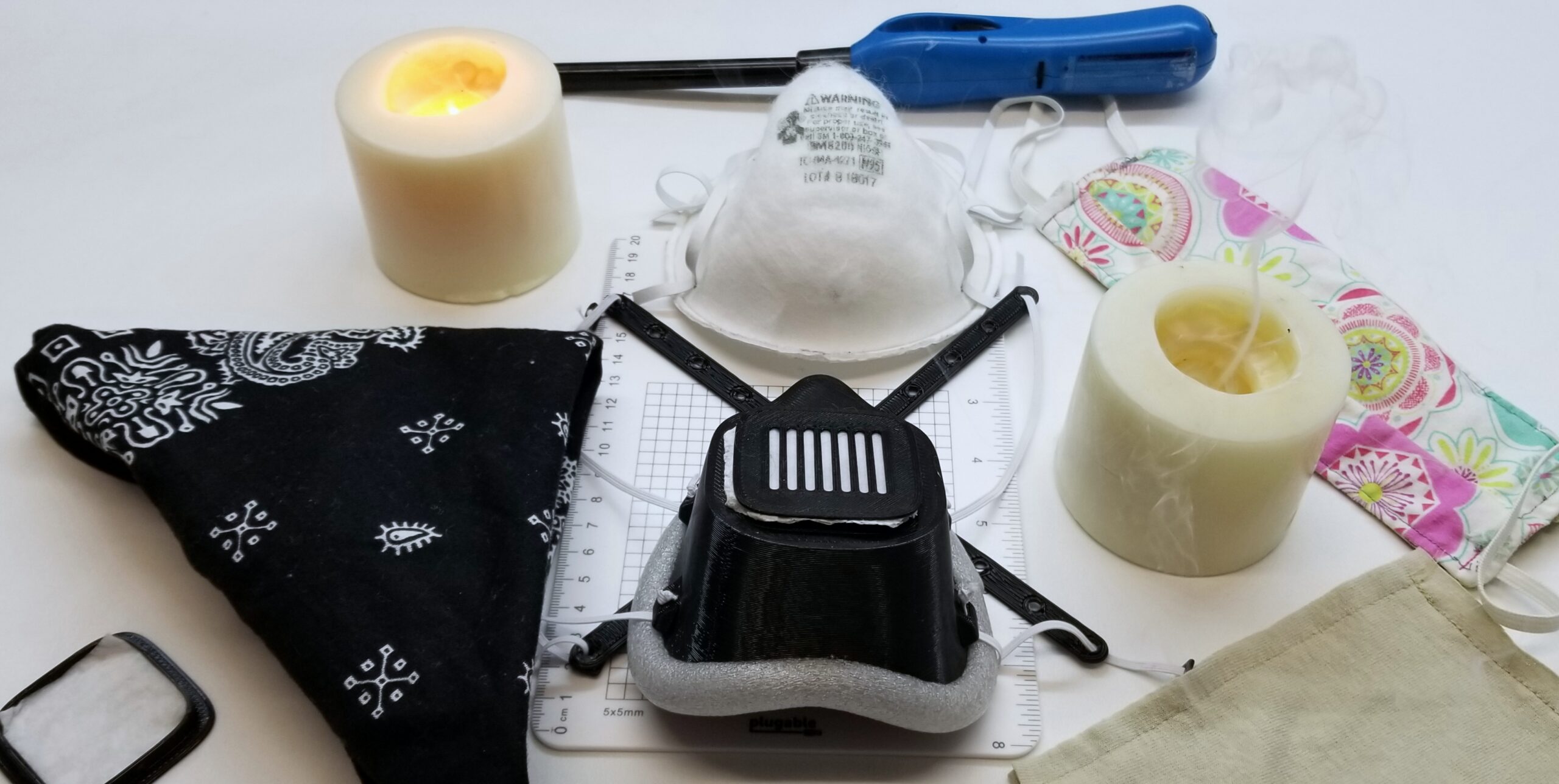
There is scattered (pun intended) information out there regarding mask/filter effectiveness, and being the ‘STEAM’team, we had to test things out for ourselves and make sense of all the noise. So we constructed an experiment, hooked up some sensors, wired some electronics, and put the filters to the test. If you need a mask, you can order the STEAMwhiz mask which we found to perform just as good as N95 masks in our tests. Read here to learn why STEAMwhiz is printing masks.
We are busy cooking up a nice research article “COVID-19: What you Need to Know”, so we won’t go into details here such as how big is the virus, do I need a mask, or how is the virus spread, etc. Instead we will focus on comparing the performance of different masks to N95 masks.
N95 masks are typically made up of 3 separate layers and the main filter medium consists of non-woven polypropylene. The ‘N’ in N95 stands for ‘Not Oil Resistant’. There are two other classifications ‘R – Resistant to oil’, ‘P – Oil Proof’ but for protection against COVID-19, N-type masks are what we are after. The ’95’ declares a 95% filtration efficacy of 0.3 micron (um) particles. If you are interested you can read more about the mask and standards over on the CDC’s website. We will detail ‘how good’ a mask needs to be for COVID-19 in the aforementioned research article. For this article, our goal will be to compare mask filter medium to N95 masks, as it is the standard used every day in the medical field for folks who are constantly exposed to various contagions.
We researched various setups and decided to go with a ‘candle test’ and laser-scattering particle detector to see which filter was up to snuff. When a candle is extinguished it generates a spectrum of fine particles and is routinely used in research for filtration tests. We funneled these particles up to the filter medium without any additional acceleration from fans etc. The particle detector has a resolution of 0.3 microns (particle size used to rate N95 masks) and was placed in a custom-airtight housing after the filter medium. For the filter mediums, we decided to test the following: an N95 mask (which is made up of three layers), the polypropylene filter medium used in the STEAMwhiz masks, and three fabric-type mask – a two t-shirt layered mask, a quilted-muslin-quilted fabric mask, and a folded bandanna (making two layers total). We also exposed the sensor directly to the particles as a control. The room humidity was 42% and the ambient temperature was 20 C for all the following tests.

From Figure 1 we can gain some insight to the performance of each mask type. Some of the important takeaway are:

Figure 2 clearly shows how much better the polypropylene-based masks perform across the board. The N95 and STEAMwhiz filters allowed approximately 50 particles ranging from 0.3-0.5um per 0.1L of air, whereas the fabric masks allowed 100 – 1000 times more particles through their respective layers. Interestingly, the multi-layered quilted mask becomes quite effective for particles larger than 10um. The bandanna was left off due to its overall ineffectiveness, but the t-shirt mask was 10 times worse than the quilted mask and approximately 1000 times worse than the N95 and STEAMwhiz masks.

Figure 3 shows close up images of the (a) bandanna and (b) t-shirt. You can clearly see the woven pattern and regular holes/pores typical of fabric materials. The pore sizes for the bandanna where slightly larger than the t-shirt at 135.8 um and 105.2 um, respectively. We also noticed that the t-shirt had more fibers that seems to cross the pores which effectively would reduce the size of the pores.

We wanted to look more closely at the filter mediums that performed the best to better understand the differences. The N95 mask shown in Figure 4 (a) shows a dense pattern of non-woven fibers. The STEAMwhiz mask shown in Figure 4 (b) also shows a dense pattern of slightly larger non-woven fibers. The two filter mediums also varied in total thicknesses/number of layers. The N95 mask had 3 primary layers that measure approximately 0.5 mm, while the STEAMwhiz had about 5 layers and was 1.5 mm in total thickness. So why do the masks perform so well? There are no pores! The fibers cross each other at various angles which fill in any large pores and is unlike what we see above for the woven fabrics.
If you have access to some N95 masks, you should use them as they are quite effective at removing ultra-fine particles (duh). If you don’t have one, no worries, you can order the STEAMwhiz masks we’ve tested. Not only does it perform just as well as the N95 masks in our test above, but you will also help curtail the critical shortage of N95 masks for our amazing health care workers who knowingly exposing themselves to a deadly virus. It is also much more comfortable and easier to use which you can read more about here.

For the masks to be effective fit is critical; if it doesn’t fit it won’t work well and you can forget about how well the filter medium works. Health care works are typically fitted for N95 masks to maximize their effectiveness. The STEAMwhiz masks come in various sizes and the tension is easily adjustable to help ensure a snug fit.
If you need to wait for a mask and are still going out and about, using fabrics that you have around the house is a great idea! We suggest using the multi-layered mask above, but even a bandanna around your nose and mouth offers some level of protection starting at the 2.5-micron range. While this won’t filter out the coronavirus itself (~0.125 microns), the particles that are spread from a sneeze or cough are typically attached to large particles tens of microns in size. So even a bandanna will offer some level of protection for you and those around you (in case you are unknowingly infected). You can read more about our coronavirus research here ‘COVID-19 What you Need to Know” (coming soon).
We hope this was informative and helpful. While we have spent quite of bit of time getting these things together, it feels good to know we are doing something to help keep people safe and get our country back working again! Feel free to leave us a comment below or contact us with any questions.
If you like our educational content consider supporting STEAMwhiz by checking out our store or donating to the cause =D
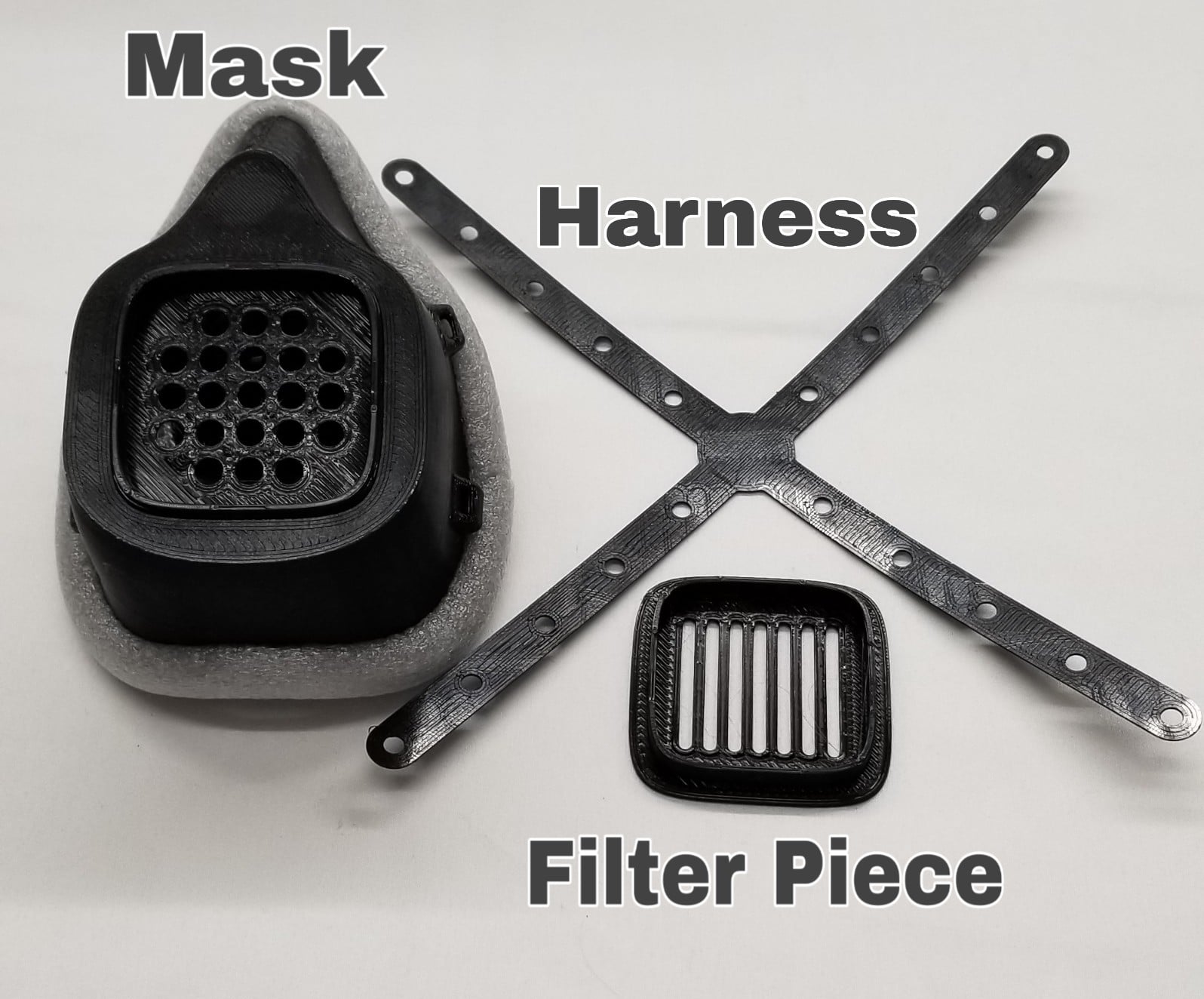
You may be asking, why is STEAMwhiz, an educational hub for experiential science, technology, engineering, art, and mathematical adventures printing reusable mask respirator kits? If so, read more here. Looking for basic info on STEAMwhiz’s mask, make sure to watch the video below and read on…
In our tests, the STEAMwhiz mask performed as good as a commercial N95 mask. Read more about about the test and performance of these masks and more in Dr. JP’s write up here.

To help ensure proper fit, (3) sizes are available with kid sizing in the works inside the MakerLab. Thanks to the addition of the PE foam to obtain optimal seal and comfort, sizing is quite forgivable. My measurements indicate that I am a size (S). However, I am also able to wear a (M). So do not overstress over a few mm.
Sizing: Measure from the bottom of the chin to the bridge of the nose.
Small ~ 100mm, Medium ~ 120mm, Large ~ 140mm
This is a reusable mask kit for personal protection. The kit includes (1) mask, (4) elastic straps, (1) harness w/strap adjusters, and multiple filter housings with the fitted filter medium. Made from lightweight PLA plastic, the mask and “X” harness are easy to clean, comfortable and provide an excellent seal. PE foam is used for an airtight seal and provides all-day comfort. Unlike the N95 masks, where the polypropylene filter fibers are in direct contact with your skin causing irritation, the PE foam will provide a nice cushioned seal without embedding fine fibers into your skin.
The mask kit includes the filter medium (95% 1 um particles), already installed in the removable filter housings, which provides the needed protection from sneezes and coughs. We have two options available to select from:
Before using the masks, we suggest inserting an additional layer, such as a coffee filter or paper towel, behind the filter housing for extra protection from particles that may come loose over time from the polypropylene filter medium (the same material that irritates your skin from the N95 masks). Use the plastic filter housing as a template to cut your additional layers of protection. It does not need to be precise, a slight overhang is ideal in this case. Insert additional layer between mouth shield and removable plastic filter housing, that is fitted with the filter medium. Clear as mud? Check out STEAMwhiz’s Assembly and Mask Care Instructional video (coming soon).
Filter housings snap in place and are removable for added convenience. Install and use (1) filter housing throughout the day and replace it with a new filter housing the next day.

The last thing you want is uncomfortable protection. PPE needs to fit properly and be comfortable enough to wear for the duration of your task or day. PPE that strains your ears, irritates your skin, and constantly needs adjusting will not provide you proper protection. That is why STEAMwhiz’s 3D-Printed Mask is fitted with comfortable PE foam and an adjustable “X” harness.
The final step in assembling your STEAMwhiz mask is to adjust the elastic strap length using the strap adjusters on the 3D-printed harness to ensure a snug seal. Multiple holes are provided for each elastic strap to ensure the optimal fit. Just say “No” to ear-fatigue!
Clean the mask/harness by removing the filter housing with filter medium and spraying/wiping it with any common disinfectant. DO NOT spray down filter medium, as this could cause a premature break down of fibers. Here at STEAMwhiz our go-to disinfectant is an easy to make bleach/water solution. Each day we mix up 16 oz. of water with 2 teaspoons of bleach in a reusable spray bottle. This bottle is used throughout the day on surfaces, packages, masks, and any other items that can be safely disinfected with bleach.
Allow used filter housing to sit in a breathable bag, such as a paper bag, for a few days before using it again. Cycle through the other filter housings throughout the work week or whenever a mask is needed. Each day put used filter housing into a new breathable bag. Write the date to help keep this process organized. Remember DO NOT spray filter medium with disinfectant.
Note: We do not recommend using steam as this could deform the mask as temperatures approach 60C.
“Nice face mask! Where did you get it?” asks a grocery associate to my dad. He proudly responds, “My daughter made it for me on a 3D printer.” Grocery associate says, “Very cool!” My dad’s response sums up this post nicely, “Yeah…as far as face masks go (queue head-shaking).” So if you gotta wear a mask, might as well wear the coolest one!
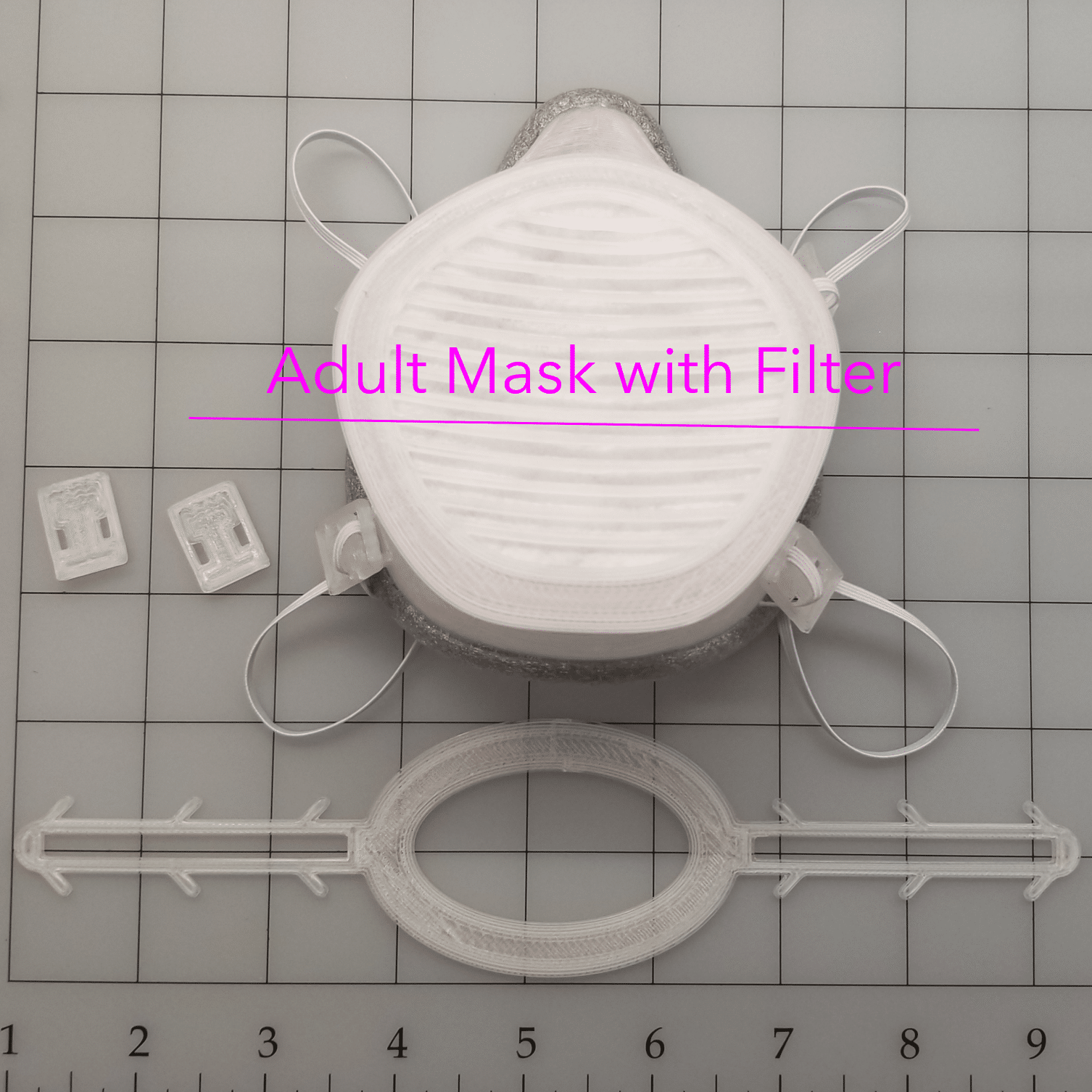
Here we are at the start– A physicist and an educator brainstorming awesome ways we can reach and inspire all ‘STEAMist’; present and future, young and old, through MakerLab spaces and workshops, then queue world pandemic of Covid-19. Businesses and schools are closed, gatherings canceled, extra-curricular classes can no longer meet; you can’t even go to the grocery store without worrying about how to protect yourself and loved ones. So you might be asking, why is STEAMwhiz, an educational hub for experiential science, technology, engineering, art, and mathematical adventures printing reusable mask respirator kits? And if you are…we are elated, as that is one of the first steps in becoming a ‘STEAMwhiz-er’, make keen observations, ask insightful questions, and learn exciting stuff. And that is exactly what we did here at STEAMwhiz (we like to practice what we preach).
A problem was identified. As the world scientific community continues to study the novel coronavirus, COVID-19, we know that a significant portion of individuals with coronavirus are asymptomatic and that even those who are pre-symptomatic can transmit the virus to others before showing symptoms. This means that the virus can spread between people interacting in close proximity—such as, speaking, coughing, or sneezing—without even knowing it! In light of this new evidence, CDC recommends wearing cloth face coverings in public settings where other social distancing measures are difficult to maintain (i.e., grocery stores and pharmacies).
But are cloth face coverings enough? Are they reliable and comfortable enough to be used all day, everyday? Are our elder parents protected enough? Surgical masks and N-95 respirators must be preserved for healthcare workers and other medical first responders, so how do “we,” the general public help flatten the curve, protect our families and communities, and re-open businesses and educational facilities? And do these questions align with the STEAMwhiz mission “to inspire the next-gen “STEAMist”? That is a resounding YES! We inspire by making and doing! We powered up our 3D printer, designed a mask with a replaceable filter cartridge, bought some elastic (who knew elastic and toilet paper were going to be the hot items of 2020), assembled and shipped them to our family (thanks for being our guinea pigs!). And we are now ready to offer them to you and your loved ones. For every one purchased, we will be donating 3D-printed PPE to an essential worker or first responder in need.
Our resident research scientist, Dr. JP, was also ready to take on the challenge of learning exciting stuff. Dr. JP designed an experiment to test the efficiency of different filtering masks. Scientific papers were read, tools were ordered, and measurements were taken. Read his post here on the exciting world of testing mask and filter science. Learning new stuff is awesome…but you know what’s even more awesome? Using that knowledge to help solve a problem. And that is what we did here at STEAMwhiz…we made keen observations, asked insightful questions, learned exciting stuff, and now we want to share that knowledge with YOU!
We are working hard so that your kids can enjoy STEAM!